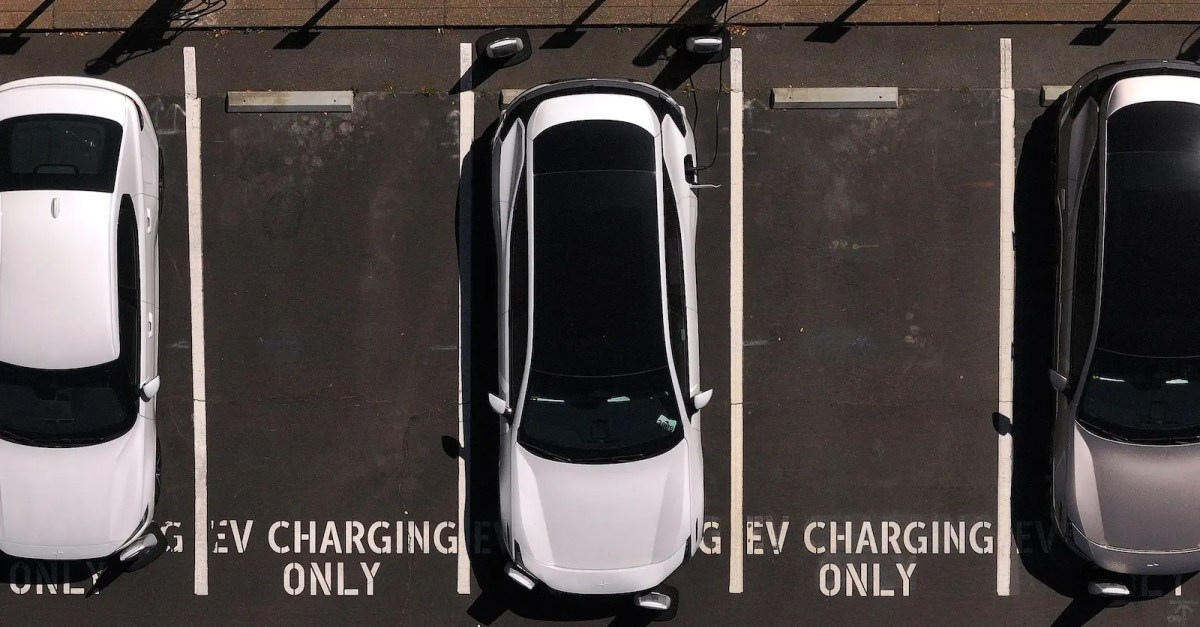Now Reading: The GOP says states’ rights matter — unless it’s California
-
01
The GOP says states’ rights matter — unless it’s California
The GOP says states’ rights matter — unless it’s California

The article was first published by Grist and is shared here in collaboration with the Climate Desk. For almost 60 years, California has had the authority to establish its own rules regarding vehicle emissions, provided they are stricter than the federal standards. This privilege, outlined in the Clean Air Act, acknowledged the state’s historic role in regulating air pollution.
The US Senate challenged this autonomy by voting 51-44 to revoke an Environmental Protection Agency waiver that allowed California to enforce a de facto ban on gasoline car sales by 2035. The Senate also rescinded waivers permitting California to set more stringent emissions standards for new diesel trucks and to require the use of zero-emission trucks.
Environmental organizations criticized the votes, stating that California’s regulations are crucial for safeguarding public health and reaching national emission reduction goals. These rules are considered a national standard since automakers typically do not differentiate between products for California and other states. Additionally, other states can adopt California’s standards under a provision in the Clean Air Act; currently, 16 states and the District of Columbia have implemented many of California’s regulations.
Various experts raised concerns about the Senate’s use of the Congressional Review Act (CRA) to repeal California’s waiver. They argued that the CRA was misapplied in this case and warned about the potential consequences of such actions.
The core issue revolves around whether the EPA’s waiver granted to California qualifies as a “rule” under the CRA. The Government Accountability Office and the Senate parliamentarian both stated that it does not. Despite objections, the Senate proceeded with the repeal.
California’s Attorney General and Governor expressed opposition to the Senate vote and indicated plans to challenge it in court. The move to overturn California’s air pollution regulations has sparked debate and legal challenges, with concerns raised about the implications for emissions standards and environmental protection in the state.






